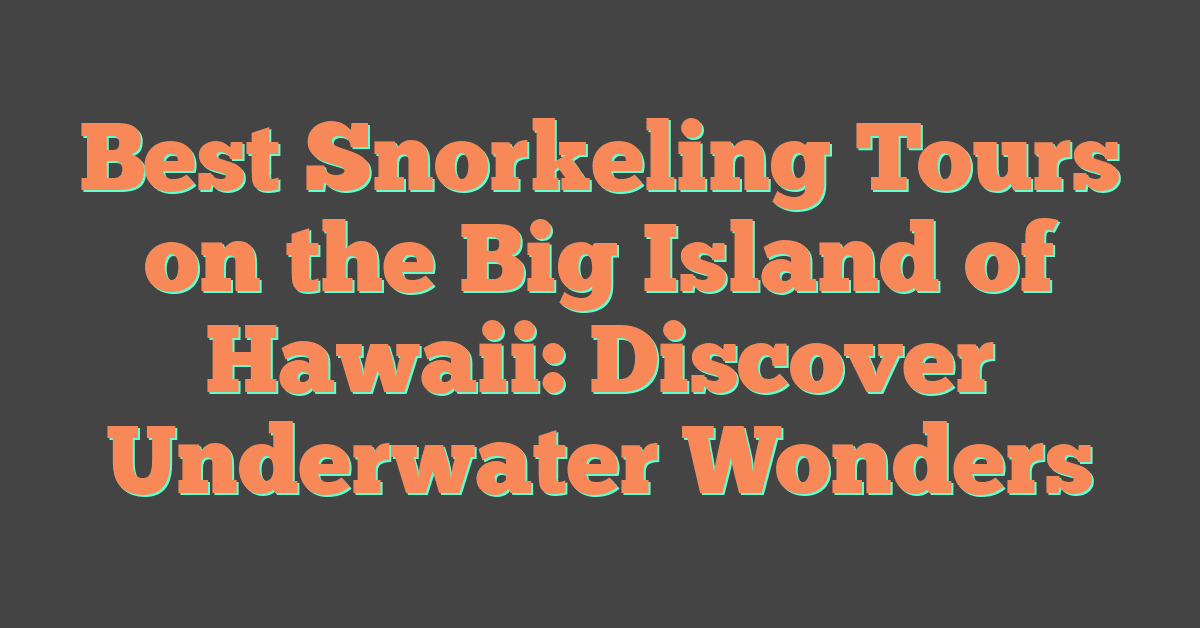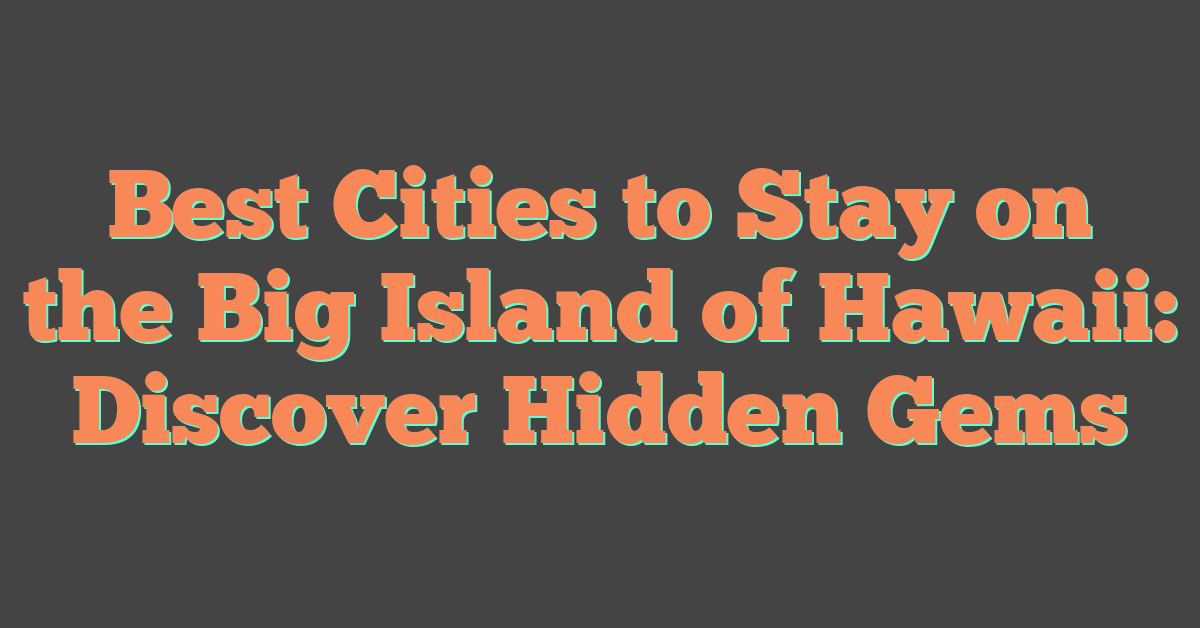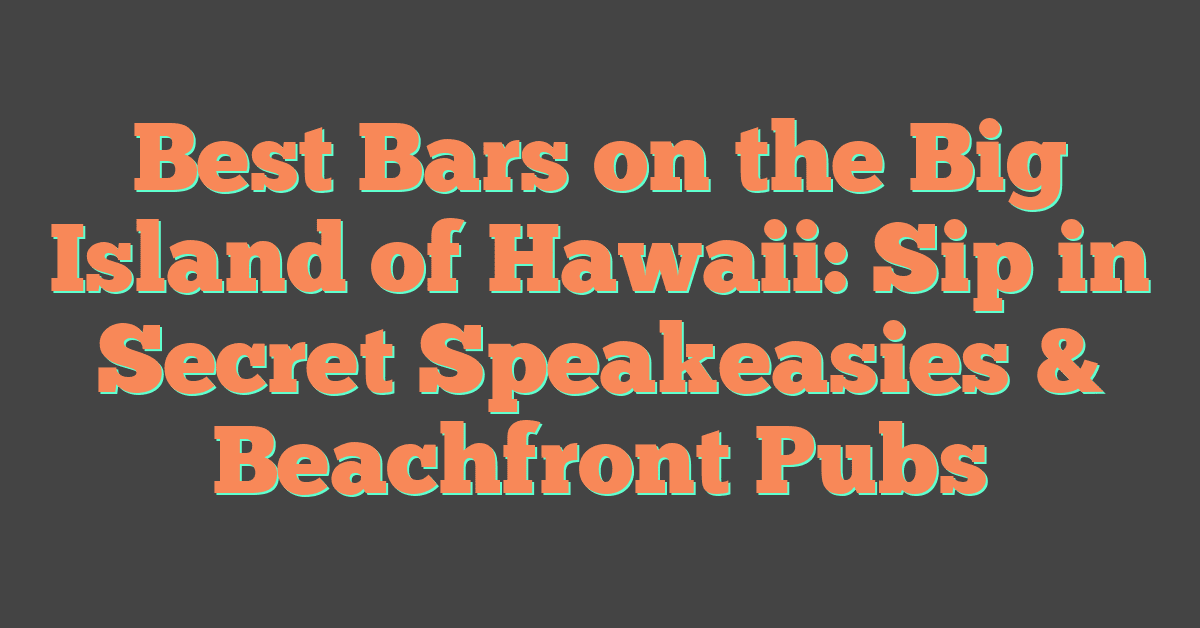When I visited Molokai, Hawaii, I found the island was the perfect place to take a break and slow down.
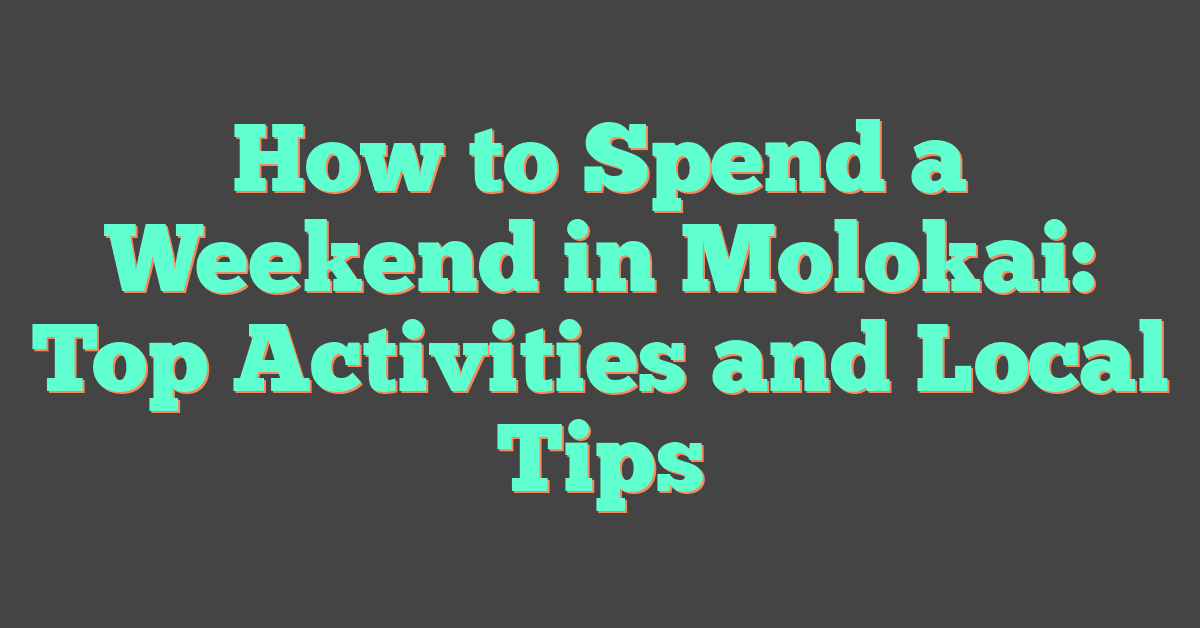
If you want an easygoing adventure, you can spend a weekend exploring waterfalls, hiking into lush valleys, and relaxing on quiet beaches.
Molokai feels different from other Hawaiian islands. There are no big resorts or crowded city areas, just open spaces, small towns, and a true sense of local living.
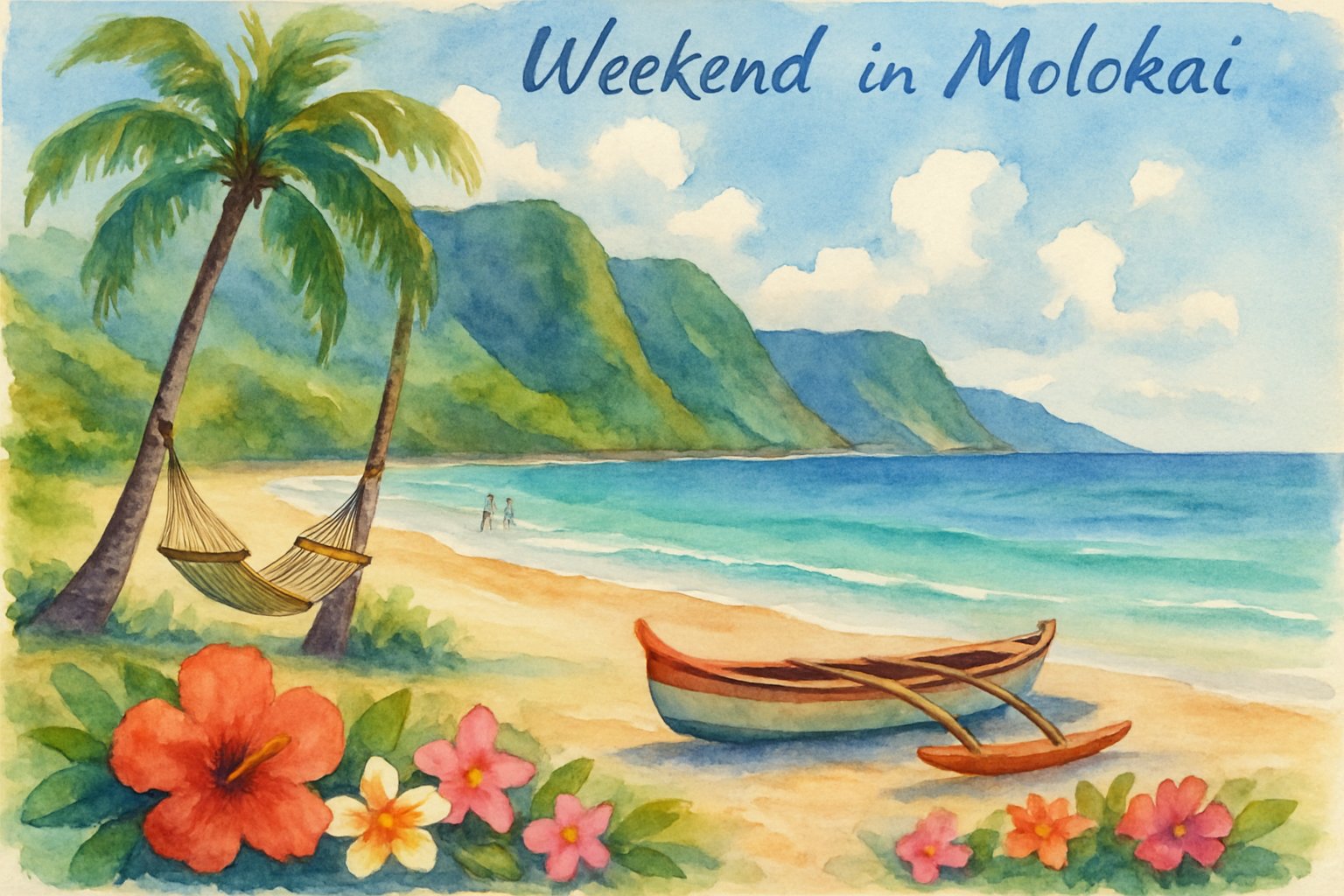
I spent my days hiking the Hālawa Valley Trail, snorkeling in clear waters, and exploring local shops.
Friendly locals, beautiful views, and peaceful vibes made every part of my trip special.
Planning Your Trip to Molokai
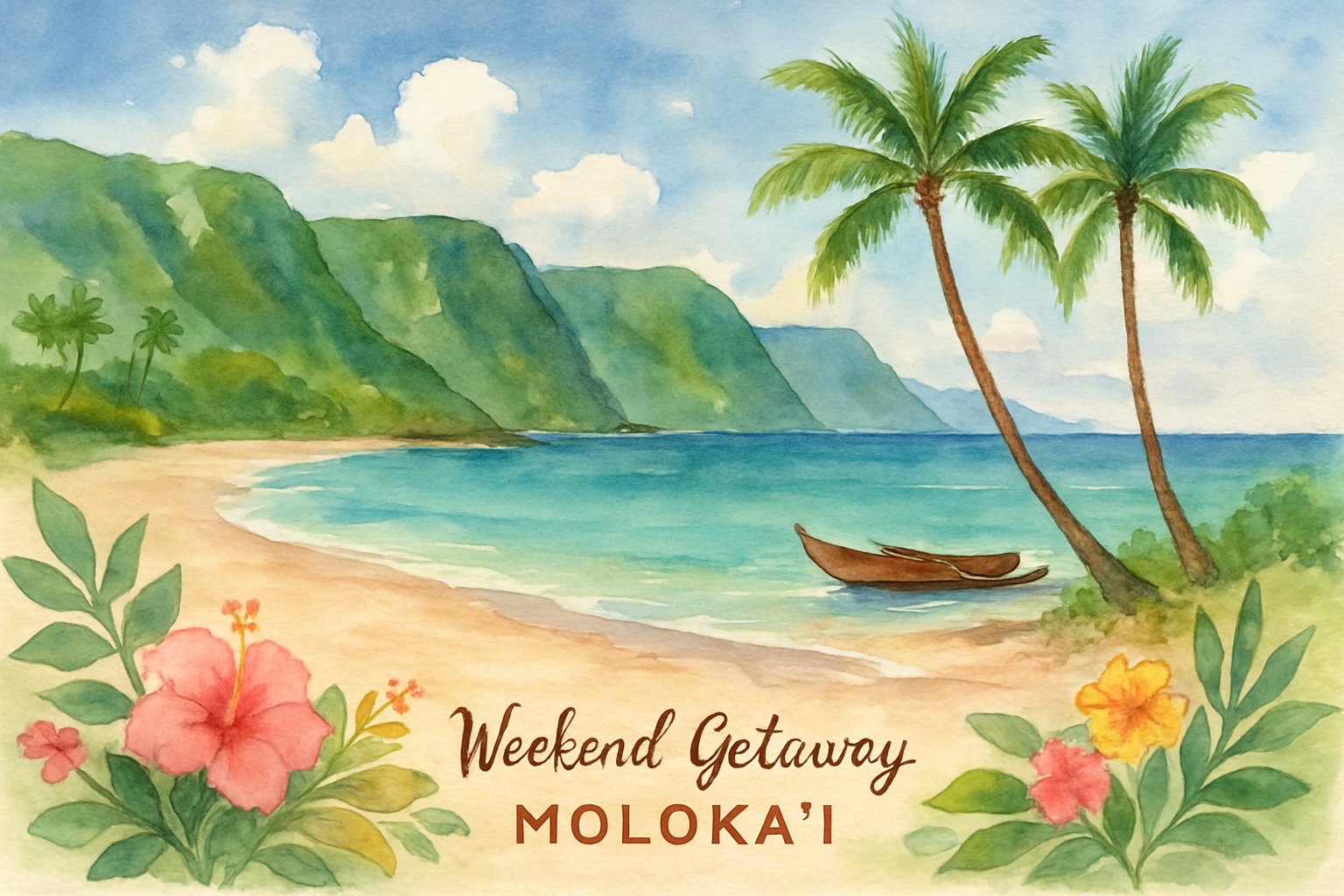
Getting to Molokai takes some planning because the island is quiet and rural.
Choosing the right time for my trip and finding ways to keep costs low helped me enjoy more of the “Friendly Isle.”
How to Get to Molokai
I couldn’t fly directly from the mainland US to Molokai, so I first landed on another Hawaiian island like Honolulu (Oahu), Maui, Kauai, or the Big Island.
From Honolulu or Maui, I caught a short flight with Mokulele Airlines.
These small planes gave me lovely views during the flight.
Molokai Airport (MKK) sits near the town of Kaunakakai.
Mokulele Airlines runs regular flights to the island.
I bought my tickets in advance, especially for weekends, because flights fill up fast.
The airport never gets crowded, and I picked up a rental car easily.
I checked flight schedules carefully, as only a few flights run each day.
Since there’s no public ferry service between Molokai and the other islands, flying is the best option.
For more travel information, I found this Molokai travel guide helpful.
Best Time to Visit
Molokai stays warm and mild year-round, with temperatures between 65°F and 85°F.
Winter (November to March) brings a bit more rain, and some trails get muddy, but outdoor plans usually work out.
Spring and fall are my favorite times to visit because the weather is nice and the island feels peaceful.
Summer gets busier, especially around holidays, but Molokai never feels crowded like Maui or Oahu.
To avoid high prices on flights and places to stay, I skipped peak travel times like Christmas or summer break.
Wildlife lovers might visit during whale season, from December to April.
I check local events or festivals ahead of time, since attending one can make the trip extra special.
Budget Travel Tips
Since Molokai doesn’t have big resorts, I looked for affordable inns, rental cottages, and budget hotels near Kaunakakai.
Booking early helped me find good deals.
Groceries cost more here, so I brought snacks or bought food at local mom-and-pop stores to save money.
Most attractions are free or low-cost, like beaches, hiking, or visiting historical sites.
I rented a car, since public transportation is very limited.
Splitting the rental cost with a friend made it cheaper.
I didn’t eat out often because restaurant prices are higher than on the mainland.
Simple take-out counters served local favorites at lower prices.
For more tips on stretching my budget, I checked out this Molokai in-depth itinerary for helpful advice.
Where to Stay: Accommodation Options

Molokai’s peaceful atmosphere shows in its lodging options.
Choices are local and often surrounded by nature.
You’ll find comfortable hotels, unique vacation rentals, and even places to camp close to the beach.
Hotels and Resorts
On my last visit, I saw that Molokai doesn’t have large chain resorts.
The laid-back Hotel Moloka’i sits right on the water and offers rooms with a classic Hawaiian vibe.
You can enjoy an oceanfront restaurant, friendly staff, and a bar, making it a good choice if you want easy meals and a relaxing setting.
The Castle Molokai Shores offers condo-style units with kitchens.
This is handy for making your own meals or enjoying a sunrise breakfast on the lanai.
Both places are close to Kaunakakai, so you can pick up supplies or explore nearby attractions.
Airbnb and Vacation Rentals
I like using Airbnb or vacation rentals for a homey experience.
Some rentals are condos with ocean views and pools in complexes like Wavecrest and Ke Nani Kai.
These places often include kitchens, loungers, and easy beach access.
There are also cottages and homes in quieter neighborhoods.
Once, I stayed at a small beachfront house and fell asleep to the sound of waves.
Vacation rentals are found all over the island, from the lush east side to the dry, quiet west.
Book early, since many are popular with returning visitors.
Camping on Molokai
For a true adventure, I sometimes go camping.
You can camp at established sites like Pāpio Fishpond Beach Park and One Aliʻi Beach Park.
I got my permit in advance, either online or through the local county office.
Camping lets me enjoy Molokai’s quiet nights, either near the coast or a little inland where the stars shine brighter.
Facilities are basic, so I brought my own gear and supplies.
It’s a budget-friendly way to stay close to nature, and waking up to the sound of ocean waves is special.
Exploring Kaunakakai Town
When I visited Kaunakakai, I found it to be the heart of Molokai.
The town has a laid-back feeling, with small local businesses, good food, and a strong sense of history.
Visit the Local Shops
I started in the main part of Kaunakakai, where small shops line the main street.
Many sell handmade crafts, fresh produce, and souvenirs unique to Molokai.
A few shops offer locally made jams, jewelry, and printed shirts.
Kanemitsu Bakery was one stop I couldn’t miss.
The bakery is famous for its warm and soft hot bread, which people often buy late at night.
I stood in line to try it, and the smell was amazing.
Many shops close early, so I did my browsing in the morning.
Walking through the town, I saw friendly faces and small details that made Kaunakakai charming.
The slow pace let me enjoy each shop at my own speed.
Dining and Local Eats
Dining in Kaunakakai gave me a taste of local life.
There are no big fast food chains in town, but plenty of small restaurants and food trucks.
Some places serve fresh poke bowls, grilled fish, and plate lunches.
If I wanted something sweet, I stopped by Kanemitsu for pastries or enjoyed local ice cream nearby.
One of my favorite meals came from a casual eatery in town—simple but delicious sandwiches and fresh fruit.
Many spots use local ingredients, especially fish caught nearby.
Coffee shops like Coffees of Hawaii served strong brews and light breakfast options.
Most restaurants in Kaunakakai close early, so I planned my meals ahead.
Molokai Museum and Historical Sites
I wanted to learn more about the island’s past, so I visited the Molokai Museum & Cultural Center.
The museum is a short drive from Kaunakakai.
Inside, I saw displays on sugar mill machinery, old photographs, and stories about Molokai’s people.
The sugar mill stands as a reminder of Kaunakakai’s connection to the sugar industry.
I explored the equipment used when sugar shaped the town’s economy.
Historic churches and old buildings line some of the streets.
I found a walking tour online and followed it to see more sites.
Visiting the museum and these spots helped me understand Kaunakakai’s history.
For more details, you can look at this helpful Molokai travel guide.
Outdoor Adventures and Nature
Molokai offers fresh air, wide open spaces, and beautiful places to explore on foot.
I found many unique outdoor activities here, from easy walks to hikes near waterfalls and dramatic cliffs.
Hiking Scenic Trails
One of my favorite things about Molokai is the hiking.
The island has trails for all skill levels, each showing off Molokai’s natural beauty.
I tried trails with ocean views, ridge walks, and quiet forests.
Top hiking areas include:
Kamakou Preserve: A lush rainforest trail with rare plants and native birds.
Kalaupapa Peninsula: This historic area is reached by a challenging trail with over a thousand feet of switchbacks. The journey is steep but rewarding. Only guided visits are allowed since it is a former leprosy settlement.
Mo’omomi Preserve: This coastal spot lets me see dunes, unique plants, and sometimes Hawaiian monk seals.
Every hike in Molokai felt peaceful.
The trails aren’t crowded, so I could really enjoy the natural sounds around me.
For more ideas, check out Molokai’s best land activities.
Exploring Halawa Valley
I visited Halawa Valley, and it became a highlight of my trip. This is one of the oldest inhabited spots in Hawaii, known for its lush scenery and tall waterfalls.
I booked the Halawa Valley Falls Cultural Hike with a local guide. The trail runs about 4.5 miles round trip.
I walked through taro patches, tropical plants, and crossed streams. My guide shared the valley’s history and stories about the families who lived there.
He also explained the importance of the area to local culture. The hike ends at two beautiful waterfalls: Moa‘ula Falls and Hipuapua Falls.
I swam in the natural pools, which felt refreshing after the hike. This trip gave me adventure, learning, and a close look at Molokai’s wild side.
For more details, see this guide to the Hālawa Valley Trail and waterfalls.
Water Activities and Beaches
Molokai’s coastline has crystal-clear water, easy-going beaches, and amazing sea life. I found many ways to enjoy the ocean, from gentle snorkeling to whale watching.
Snorkeling Hotspots
Snorkeling in Molokai feels special because a huge reef protects much of the shoreline. The fringing reef along the south side keeps the water calm, which is great for beginners.
Many areas are shallow, ideal for families or anyone less confident in deep water. I tried Murphy’s Beach and saw colorful fish swimming through coral.
The water was clear and easy to enter, making it perfect for kids and adults. Renting snorkeling gear was simple, and local shop owners shared helpful tips for safe swimming.
Green sea turtles live in Molokai’s waters, so I kept watch and spotted a few while floating along. Every trip into the water felt safe and peaceful because of the reef and gentle waves.
For more details, I found this guide on things to do on Molokai helpful.
Diving and Scuba Experiences
Diving in Molokai lets you discover untouched underwater worlds. Fewer crowds mean dive sites feel wild and natural.
Local companies offer scuba trips for both beginners and advanced divers. If you’re new, you can take a lesson or go out with a guide.
Some of my favorite dive spots had steep underwater cliffs, caves, and drop-offs where big fish like jacks and rays swim by. I recommend renting proper scuba gear and checking with local dive shops about weather, currents, and group trips.
Many diving areas have excellent visibility. Sometimes it feels like flying above a coral city full of life.
If you like adventure, exploring Molokai’s underwater world up close is unforgettable.
Whale Watching and Marine Life
From December to April, I saw humpback whales near Molokai. The whales migrate to Hawaiian waters every winter, and boat tours help people get close without disturbing the animals.
Guided trips share fun facts about whale behavior. Being out on the water also gave me the chance to see dolphins, sea turtles, and sometimes even rare Hawaiian monk seals.
Sometimes I watched from the shore, but boat tours made it easier to see whales breach and tail slap right in front of me. I always brought binoculars for coastline viewing and enjoyed spotting new sea creatures each day.
If you’re interested in local wildlife, you can join nature and wildlife tours focused on marine life.
Culture and History of Molokai
Molokai has a rich past, shaped by strong cultural roots and stories of resilience. The island is known for its deep sense of community, important historical sites, and a powerful legacy left by native Hawaiians and notable figures.
Father Damien and the Leper Colony
One of the most important stories in Molokai’s history is about Father Damien and the Kalaupapa leper colony.
In the late 1800s, the government forced people with Hansen’s disease (formerly called leprosy) to live on Molokai’s remote Kalaupapa Peninsula. These patients faced hard lives, cut off from their families and the outside world by steep sea cliffs.
Father Damien, a Belgian Catholic priest, arrived on Molokai in 1873. He cared for the sick, built homes, and fought for better living conditions for the patients.
His kindness and courage changed many lives. The site remains preserved today, and visitors can learn about this chapter in Hawaii’s past.
If you want to see Kalaupapa, you can join guided tours that explain more about Father Damien and the residents who called this place home.
Local Traditions and Events
Molokai is different from many other Hawaiian islands. It has no big resorts or flashy tourist spots.
Life here moves slowly, and most people take pride in traditional Hawaiian culture. At community events, I see locals practicing hula, playing Hawaiian music, and speaking the language.
The island celebrates its culture through annual gatherings like the Molokai Ka Hula Piko festival, which honors the birthplace of hula. Markets and fairs feature local crafts, native foods, and fresh produce.
Respect for the land, known as ‘aina, is a key part of life. Locals welcome visitors, but it’s important to act with care and honor the customs that make Molokai unique.
To learn more about Molokai, I use local websites such as Go Hawaii’s Molokai page for up-to-date events and cultural tips.
Watching the Sunset and Relaxing
After a full day exploring Molokai, I slow down and enjoy the beautiful colors of the sky. The island has peaceful spots to watch the sunset and many ways to rest.
Best Sunset Spots
One of my favorite places to watch the sunset on Molokai is the Kapuaiwa Coconut Grove. This historic palm grove looks stunning when the sun goes down, filling the sky with soft oranges and yellows as the tall palms sway.
The peaceful setting helps me unwind and take great photos. You can read more about the Kapuaiwa Coconut Grove sunset experience.
Another great spot is the western coast near Papohaku Beach. This long, sandy beach is usually quiet, and I watch the sun slowly sink into the ocean with almost no crowds.
On a clear day, I sometimes spot Oahu far off in the distance. The gentle sound of the waves adds to the relaxing mood.
I bring a blanket or beach chair to these spots. Sitting comfortably with a light snack or cold drink helps me slow down and soak in the view.
Unwinding After a Day of Exploring
After sunset, I relax and recharge for my next adventure. If I’m staying near the beach or my accommodations have a porch, I like to sit outside and listen to nighttime sounds like distant waves and chirping geckos.
I bring a journal to jot down memories from the day. Sometimes I chat with others or read a book I brought along.
A hot shower or bath always feels good after hiking or driving around. Here are a few things I do to unwind:
- Drink a warm cup of tea or cocoa
- Light a natural candle with a mild scent
- Stretch or do yoga outdoors if I have space
Keeping things simple helps me rest well and enjoy every quiet moment Molokai offers.
Day Trips and Nearby Islands
I found a few ways to see more of Hawaii from Molokai. Short trips to Maui and Lana’i let me explore coral reefs, historic towns, and quiet beaches with just a short flight or boat ride.
Exploring Maui and Lana’i
Molokai sits between two unique neighbors: Maui and Lana’i. If I start early, I can take a ferry or a short flight to Maui for the day.
There, I spend time in Lahaina or wander through the shops of Kahului. Maui offers scenic drives like the Road to Hana and beautiful beaches.
If I’m short on time, I focus on coastal spots for swimming and easy hikes. Boat trips are limited after 2020, but I check for updated ferry service from Lahaina.
For more about what to do on Maui, I find suggestions at Tripadvisor.
If I visit Lana’i, I enjoy peaceful, less crowded beaches. A ferry from Lahaina (Maui) to Lana’i is the usual route, but from Molokai, only charter flights are available.
Lana’i is great for day hikes and exploring Shipwreck Beach.
Comparison Table:
| Island | Getting There | Highlights |
|---|---|---|
| Maui | Short flight or ferry | Lahaina, beaches, shops |
| Lana’i | Small flight, ferry | Quiet beaches, hikes |
Island Hopping Tips
You need to plan ahead for island hopping in Hawaii because there are no direct ferries from Molokai to all islands.
I usually fly small planes to Maui or Oahu. Then I connect to Lana’i or other islands.
When I book flights ahead, I get better prices and more choices.
Packing light helps since small planes limit luggage. I bring essentials like sunscreen, a hat, and snacks.
Car rentals help me explore. I reserve in advance because cars on Maui and Lana’i can run out.
I check flight and ferry schedules often since they can change quickly.
I use planning guides like this article to prepare for attractions and logistics.

